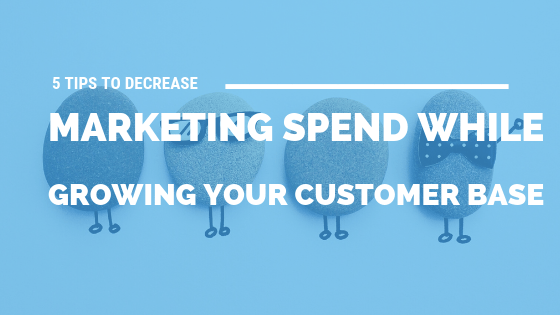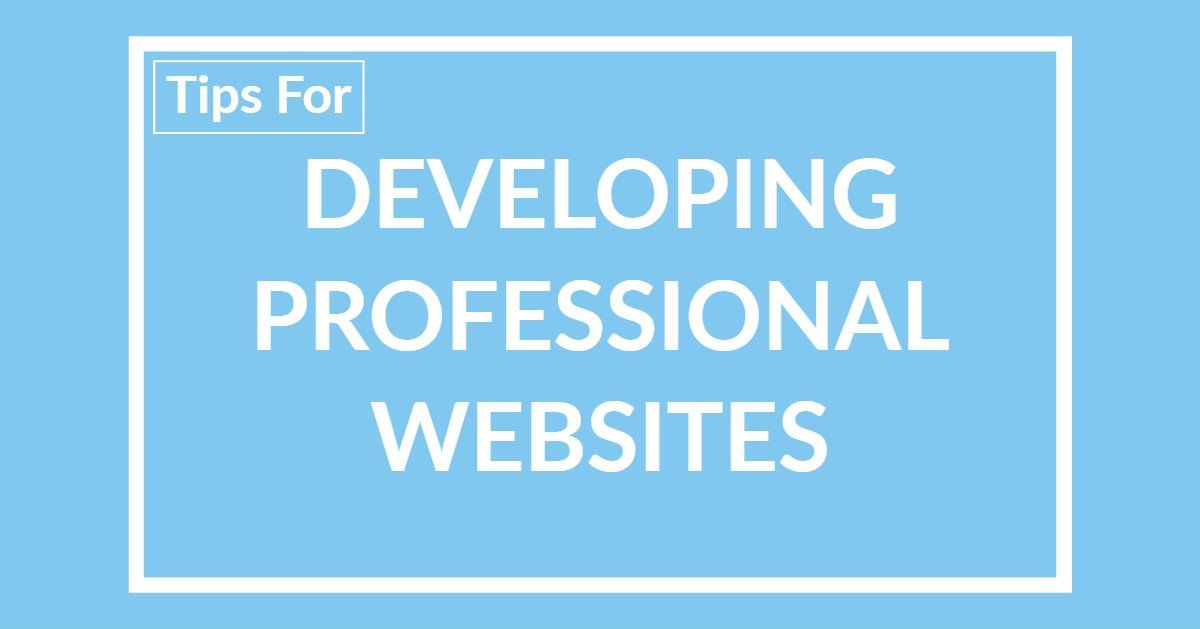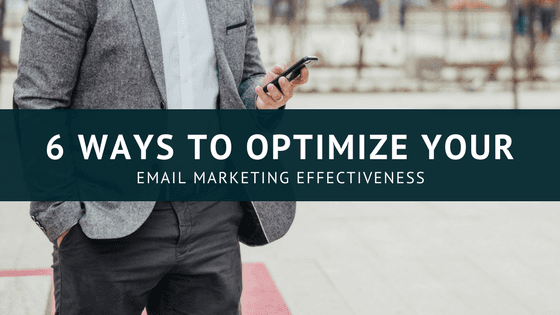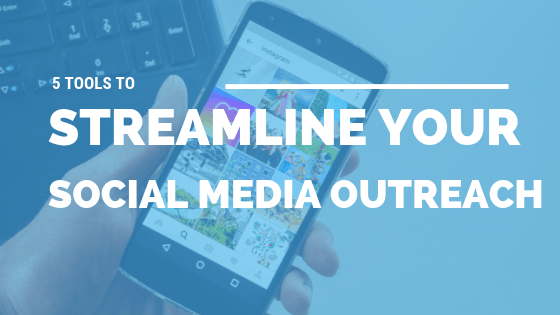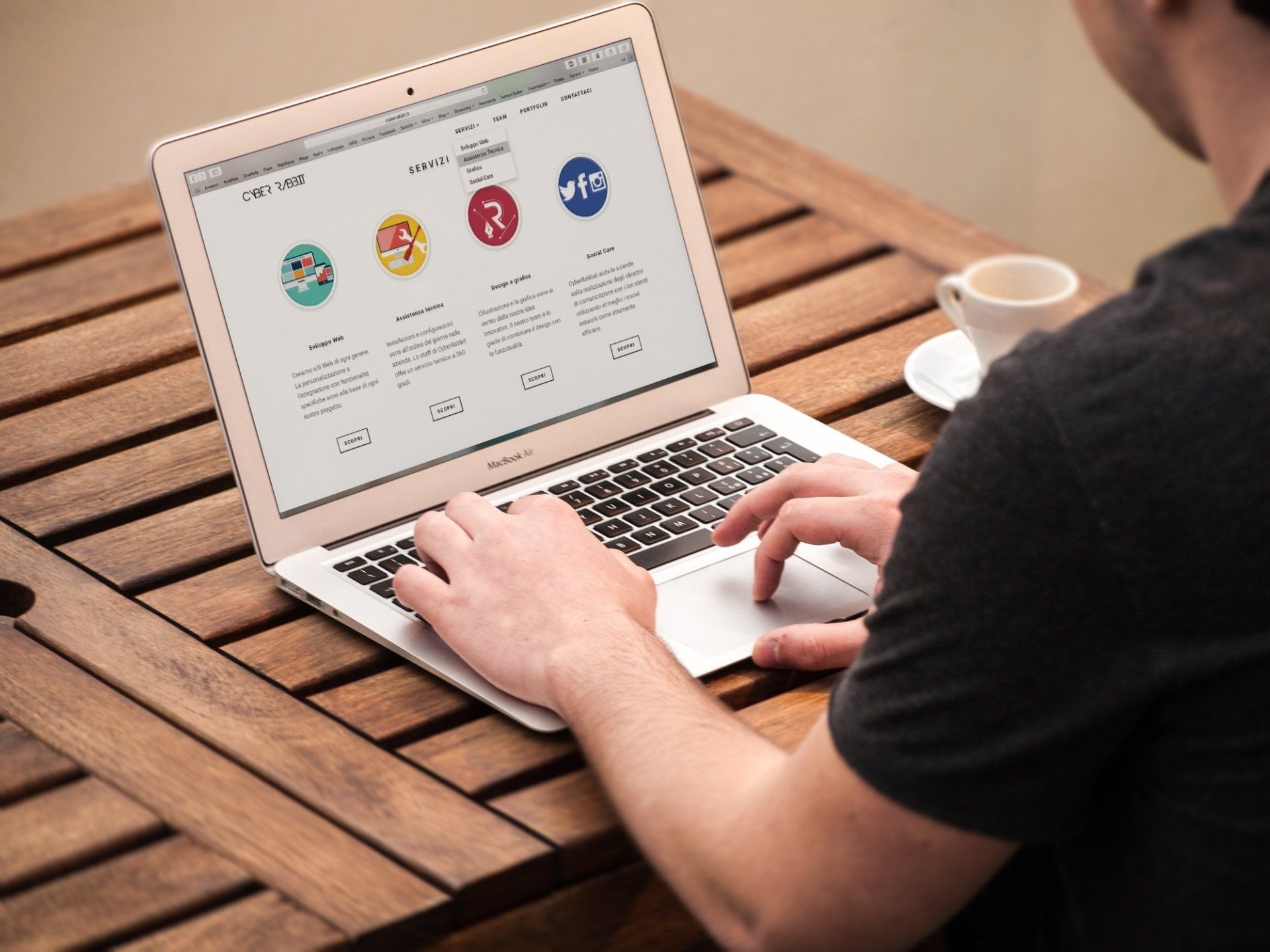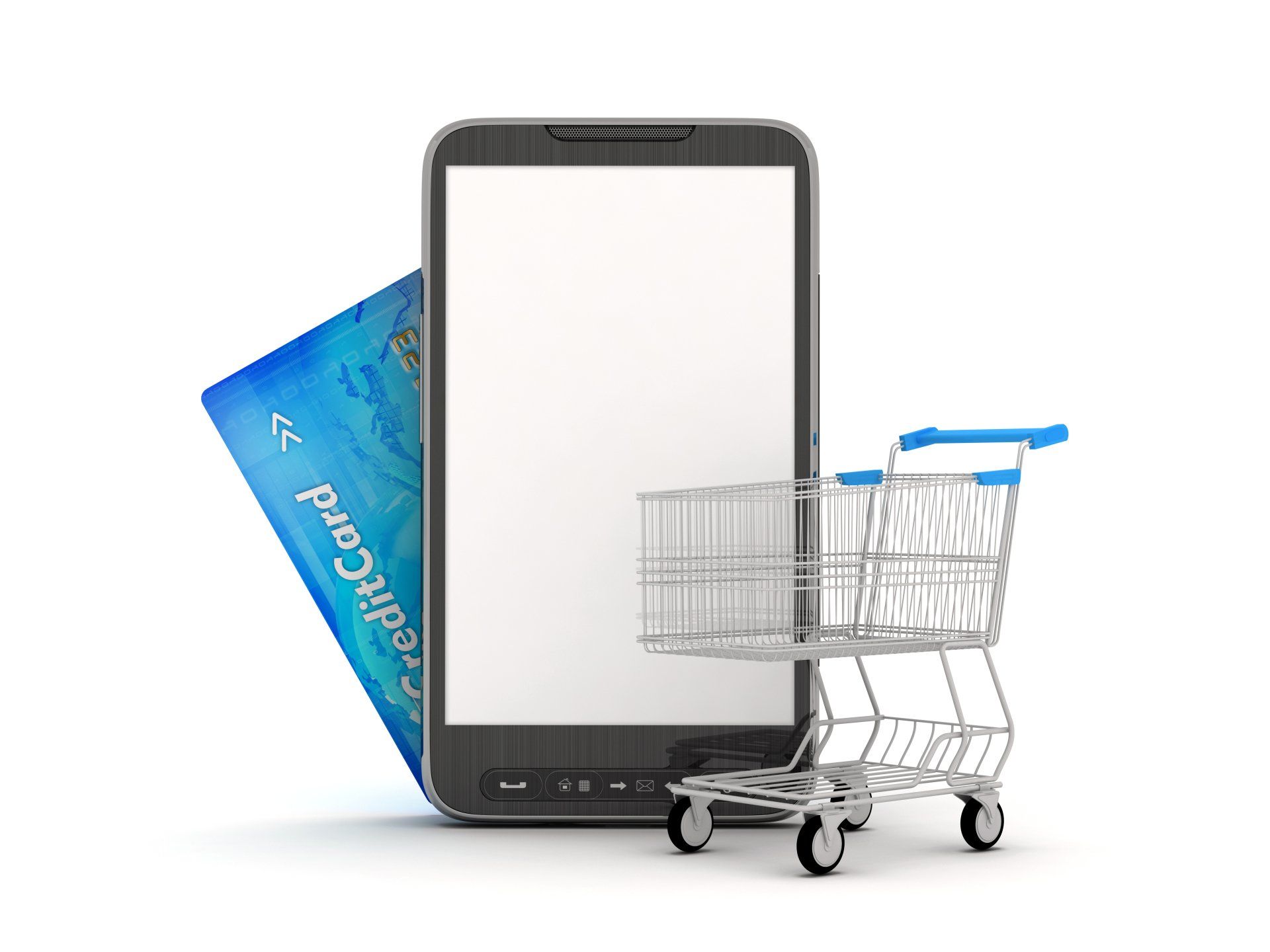6 Ways to Optimize Your Email Marketing Effectiveness
It's all about strategy.
Email marketing is one of many weapons in the arsenal of the savvy web marketing expert, with unique advantages and challenges. You’ve got direct access to people who, just by signing up, have demonstrated an interest in your product, and the opportunity to reach them through a medium that most people check on a daily basis. You’ve also got a ton of other messages competing for their attention, and the possibility that they’ll unsubscribe if you’re not careful about what you send them (and how often). Your work is cut out for you! From building a killer list, to incorporating media into your campaigns, to making one-time buyers into repeat customers, here are some tips to make your email marketing as effective as possible.
1. Build Your List with Opt-Ins That Are Tough to Turn Down
A good email marketer coordinates with the content marketers, web designers, and sales team at the company they’re working with, in a number of ways, but that doesn’t need to wait until your list is put together. If there’s an article that’s attracting crazy traffic to the company website, consider putting it behind a wall that requires an email opt-in. Chances are, visitors won’t think twice about putting in their info to get to that sweet, sweet content, and your list will grow quickly. Similarly, work with the people designing the purchase form to make sure that customers are asked to opt into your list to make a purchase.
2. Ask for More Than an Address on Your Opt-In Form (And Use The Data You Collect)
Too many opt-in forms just ask for an email address and little more. That’s missing out on a big opportunity for data collection. Have the opt-in form ask for more information, like the reader’s name, age, location, and interests. Then segment your campaigns based on this data, so you’re targeting each email blast at a particular subset of your list, like people on the West Coast or people over 50. This might seem like more work, but in the long run, it delivers more results than generic, one-size-fits-all campaigns. Collecting that data sets you up for another important aspect of email marketing: personalization.
3. This Time, It’s Personal
Those names on your list aren’t faceless robots, they’re people (hopefully - this is why we use Captcha). Tools like MailChimp and Mad Mimi let you slot in personalized names and greetings, but you can go beyond that. Consider building “customer personas” that correspond to different types of potential customers, using the data you collect from opt-ins and analytics and comparing it with sales numbers. For example, you might have Impulse Buyers, who are likely to make small purchases on a whim if they see an endorsement from a celebrity, and Considerate Consumers, who make larger purchases but need tons of information. Then, craft your different email campaigns to sell directly to these groups.
4. Conduct Some A/B Testing
True tinkerers will already know about A/B testing, but if you’re new to the idea, you’re in for a world of fun. This feature (which is available with MailChimp and many other email marketing suites) lets you experiment by varying things like subject line, send time, and “from” time, sending out the variations to a portion of your list, and determining what’s most effective based on the metric you choose. You can then apply your findings to future campaigns - it’s like focus-grouping your emails, and you’ll likely still make sales even in the testing phase.
5. Try Out Triggered Emails
You can set up your email marketing software to send emails triggered by certain behaviors on the part of your readers. For example, if they’ve recently made a purchase, you can send them a survey gauging their satisfaction with the product (and conveniently directing them to another item you sell that complements it). These emails get opened with much more frequency than other types of messages, simply because the reader senses that the email is “just for them” and based on their behavior—even though it’s a completely automated process.
6. Incorporate Infographics and Video
Plain text emails are as boring as you can get, but throwing in some clip art or a picture isn’t enough. Consider including an eye-catching infographic in your next campaign — people love seeing information arranged in a visually pleasing way. Or embed a video. Audio-visual stimulation breaks up the monotony of checking email and engages readers in a direct way, and YouTube and other video hosting sites allow you to include links on the surface of the actual video so that readers can click through directly to your site if you catch their interest.
